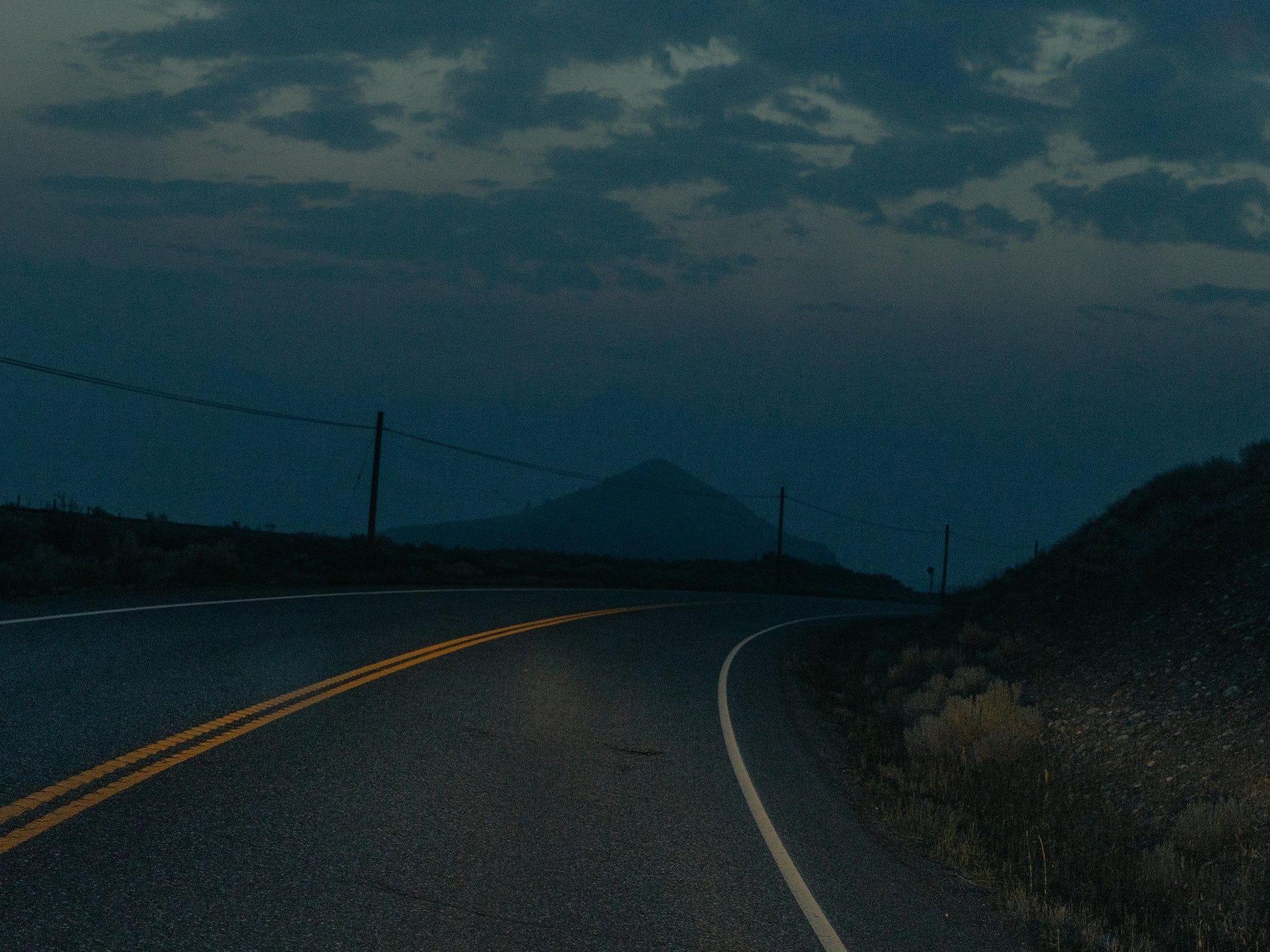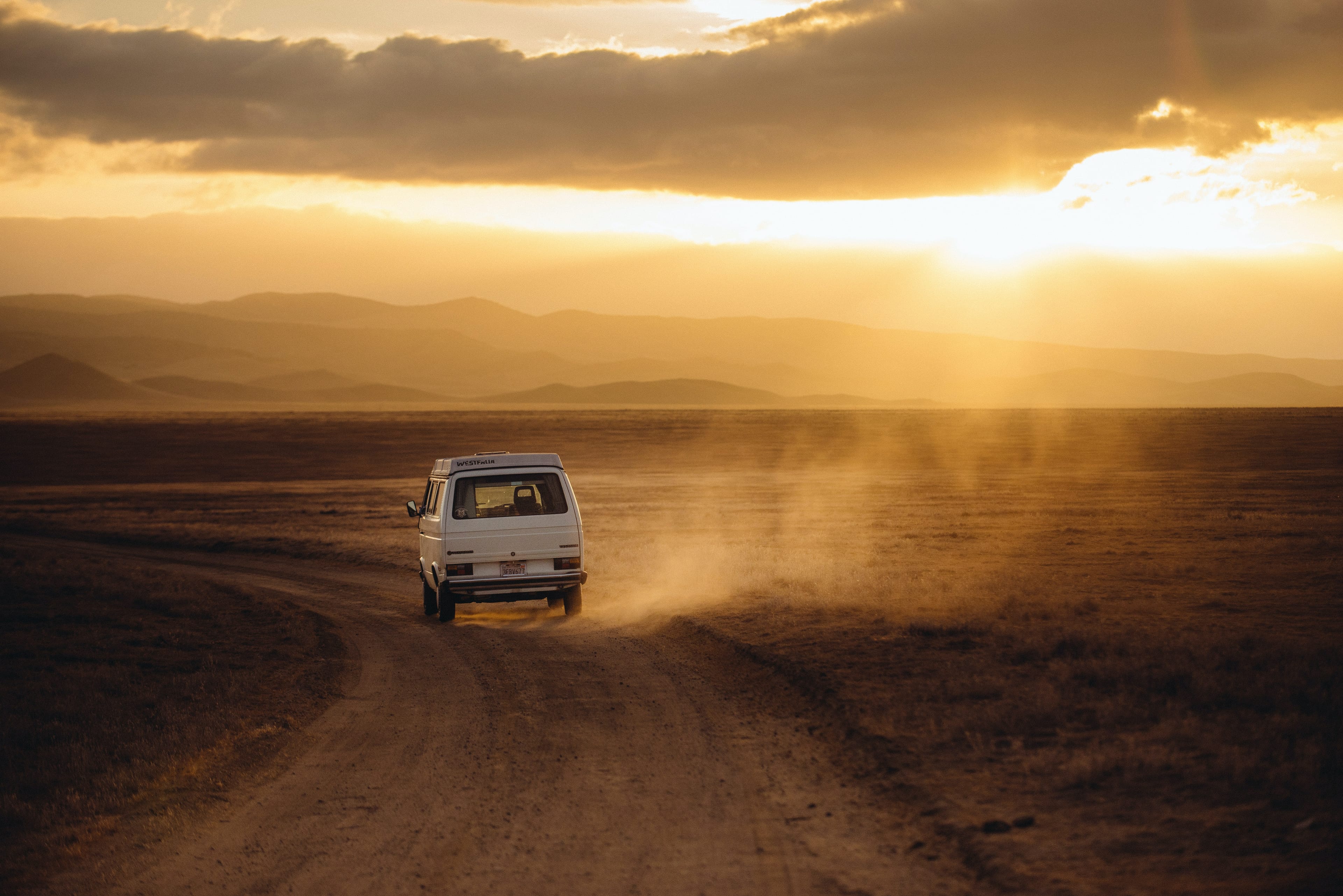CHOOSE YOUR OWN
ADVENTURE RIDE
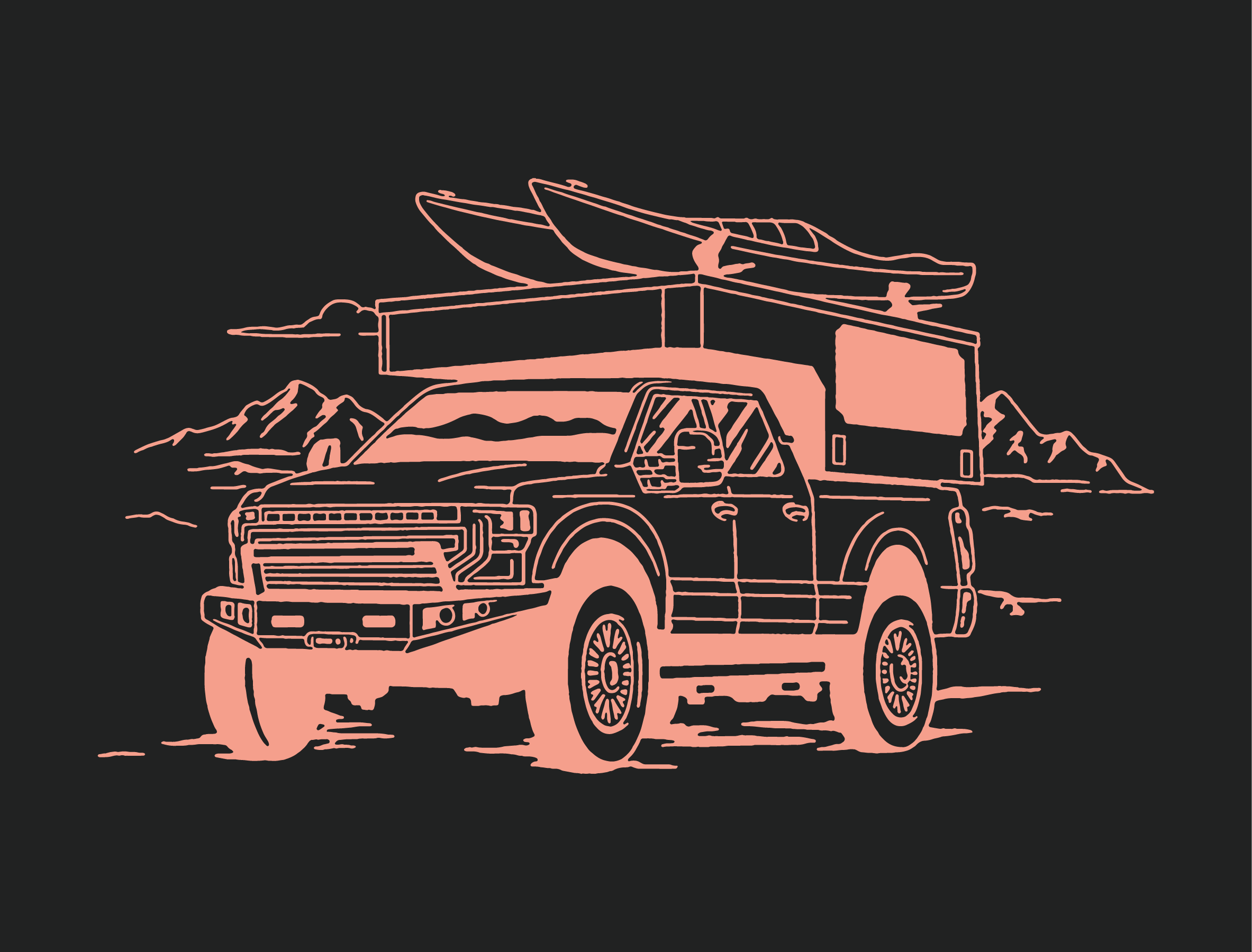
SO YOU WANT TO HIT THE BACKROADS IN A RIDE TAILORED TO YOUR PASSIONS, SOMETHING STURDY AND VERSATILE WITH, YEAH, MAYBE A LITTLE CURB APPEAL? LET OUR HANDY PRIMER HELP YOU PIN DOWN, BUILD OUT AND GEAR UP YOUR NEXT HOME ON THE ROAD.
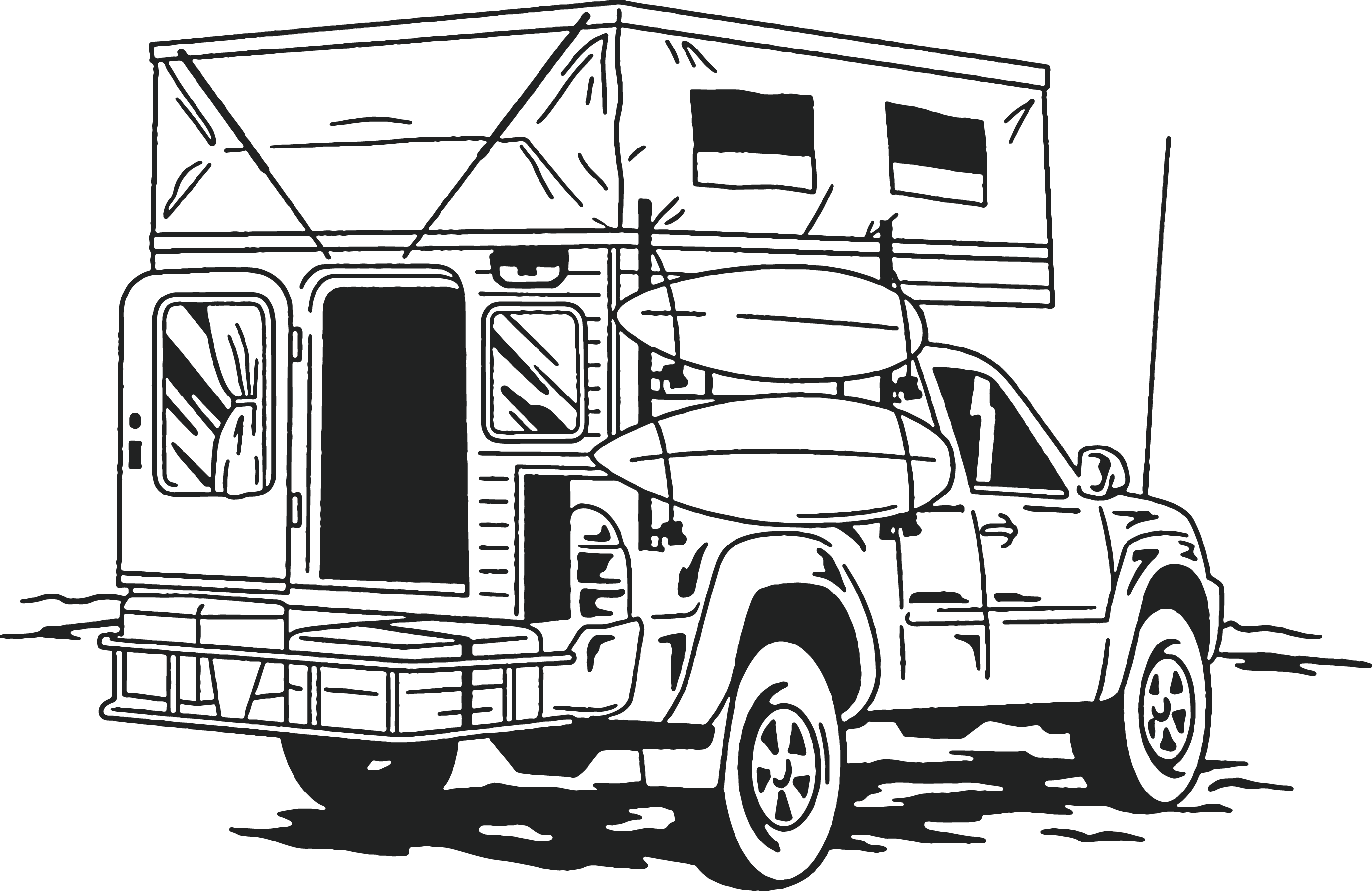
Truck Camper
A compelling option for anyone who doesn't want to tow, needs serious off-road capabilities, and/or, you know, already owns a truck. If that last part's true, then truck campers are also much less expensive than, say, a camper van, and the range of shapes, sizes, floor plans and amenities is vast enough to suit just about any lifestyle (and any truck on the road). A little bonus: Truck campers in most states don't require the registration (and fees) that other RVs do. With dozens of manufacturers to choose from, look for rigs that are simple, lightweight and built from durable materials, like aluminum or honeycomb composites.
→ START HERE:
The most common types of truck campers include flatbeds, slide-ins, and shell-style toppers. Flatbeds are roomy but pricey and require bigger trucks with, well, flat beds. Slide-ins are typically full-featured campers that rest on the bed, and most extend over the cab. Lighter, more minimalist shell-style models sit on the truck bed’s rails, retaining the use of the bed itself. “Slide-ins are great if all you’re trying to do is live in it,” says Kristian Arnold, co-founder of Denver-based Tune Outdoor, which makes shell-style campers. “But if you want to throw firewood in the back, go hunting or put toys back there? Those are reasons we went the shell route.”
Budgets vary substantially with your needs—you might spend $8,000 on a bare-bones topper or $50,000 on a fully loaded flatbed. Pay attention to your truck’s payload, and know that whatever mounting system a model might use (clamps to rails? bolts to bed or frame? ties down?), most folks rarely end up taking their campers on and off.
→ CAMPER CONSIDERATIONS:
THE HARD WAY ... OR NOT?
Once you've picked a basic camper type, the next question is: Hard- sided or pop-up? A pop-up camper offers better aerodynamics and fuel economy, plus a lower center of gravity, at the cost of storage space and four-season comfort. Companies like Woodland, CA's Four Wheel Campers make pop-ups in flatbed, slide-in, and shell styles. Hard-sided campers, meanwhile, tend to win for comfort. They're heavier but not always substantially so—the Scout Olympic is a hard-sided slide-in with a 1,145-pound base weight.
WEIGHTING AROUND
Floor plans and gear-storage locations are important considerations for truck campers. You want your rig’s center of gravity as low as possible, with weight evenly spread. Think about the heaviest systems that are part of your build—tanks, stove, batteries—and choose a floor plan that balances their placement. Remember, water's heavy! If you're toting some extra, fill up close to your destination.
STOW WISELY
Among adventure rigs, truck campers (particularly slide-ins) typically offer the least storage space. Beyond roof racks, add-ons to haul more gear include platform hitch racks like the PakMule Porch, with decking and a step for a rear-entry camper. Four Wheel Campers offers side-mounted racks that attach to the jack brackets, handy for stowing surf- and paddleboards. If you have a shell-style camper, drawer systems like those from Decked and TruckVault slide out from the bed below.
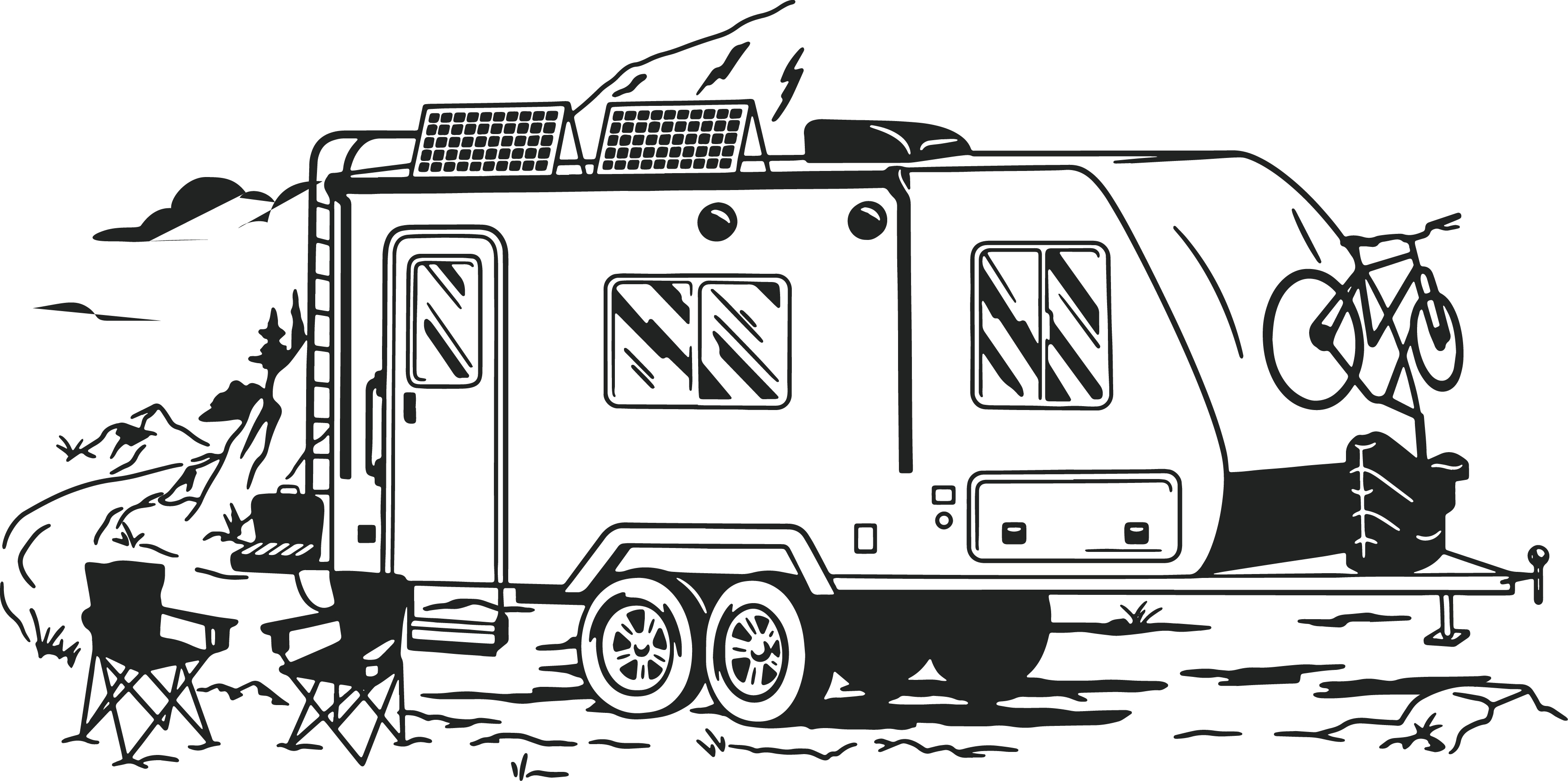
Travel Trailer
They're not maintenance free, but without an engine, transmission or other pricey mechanical parts to break, travel trailers come with less hassle while offering the most space for your buck. And from tiny teardrops to monster fifth-wheels, you've got options—some that even your commuter ride can tow. "We chose the trailer for the benefits: more amenities, better living space and the ability to drop camp while we go explore," says Aaron Gulley, a travel writer, hunter and cyclist who spent three and a half years living full-time with his wife in their 2014 Airstream Flying Cloud. "After a day in the woods, nothing's better than coming back to a warm, wind-sheltered spot for cooking, a hot shower and a fluffed duvet. The trailer has let us go harder, longer and deeper in the wilderness."
→ START HERE:
Needless to say—without even venturing into fifth wheels or toy haulers—the range among trailers is enormous. Start with a simple utility teardrop, like Hiker Trailer’s $6,000 Highway Deluxe? Go classic with a $50,000 Winnebago? Or drop stacks on a specialized overland rig, like Boreas’ $85,000 EOS-12?
Start by looking at what you can tow, keeping your trailer weight to 70 percent of your vehicle’s towing capacity. Ask your dealer how much warranty work they do on any given brand, and think real hard about anything with a slide—they’re often the first thing to break.
Downside of a trailer? You have to tow it. Some folks hate it, but if you learn your rig’s dimensions, keep your highway speed down and log some practice hours backing up in empty parking lots, you’ll find towing’s no harder than driving a big cargo van. Just scout those dirt roads before heading too far down.
→ BETTER BOONDOCKING:
ROCKY ROADS
Plenty of trailers aren't designed for terrain much rougher than the loop road at the RV park, and factory tires are often no great shakes. A cheap lift kit can raise your frame by a few inches— and if you'll be off-pavement regularly, consider upgrading to 15- or 16-inch wheels and a set of light truck (LT) tires.
TANKING UP
How long you can spend off- grid is dictated, in part, by how much water your trailer's tanks hold. A 30-gallon freshwater tank will get you through a long weekend. To augment your capacity, one easy mod is to add a couple of Front Runner's slim 20-liter tanks (with taps), with mounting options that include a kit that installs onto a trailer's side walls.
GOING OFFSHORE
Shore power's nice, but with some simple upgrades, it's easy to do without. Lithium batteries from a company like Battle Born or Dakota Lithium weigh less than standard camper batteries and offer twice the capacity, since unlike lead-acid batteries or AGMs, they can be discharged all the way.
POTTY TALK
To boondock longer than your black tank capacity might allow—or if you just want an alternative to lining up at the dump station—upgrade to a composting toilet like an OGO or Nature's Head. They don't smell, are far nicer to empty than a holding tank, and don't require any of your rig's precious water (which means you can also use them in winter).
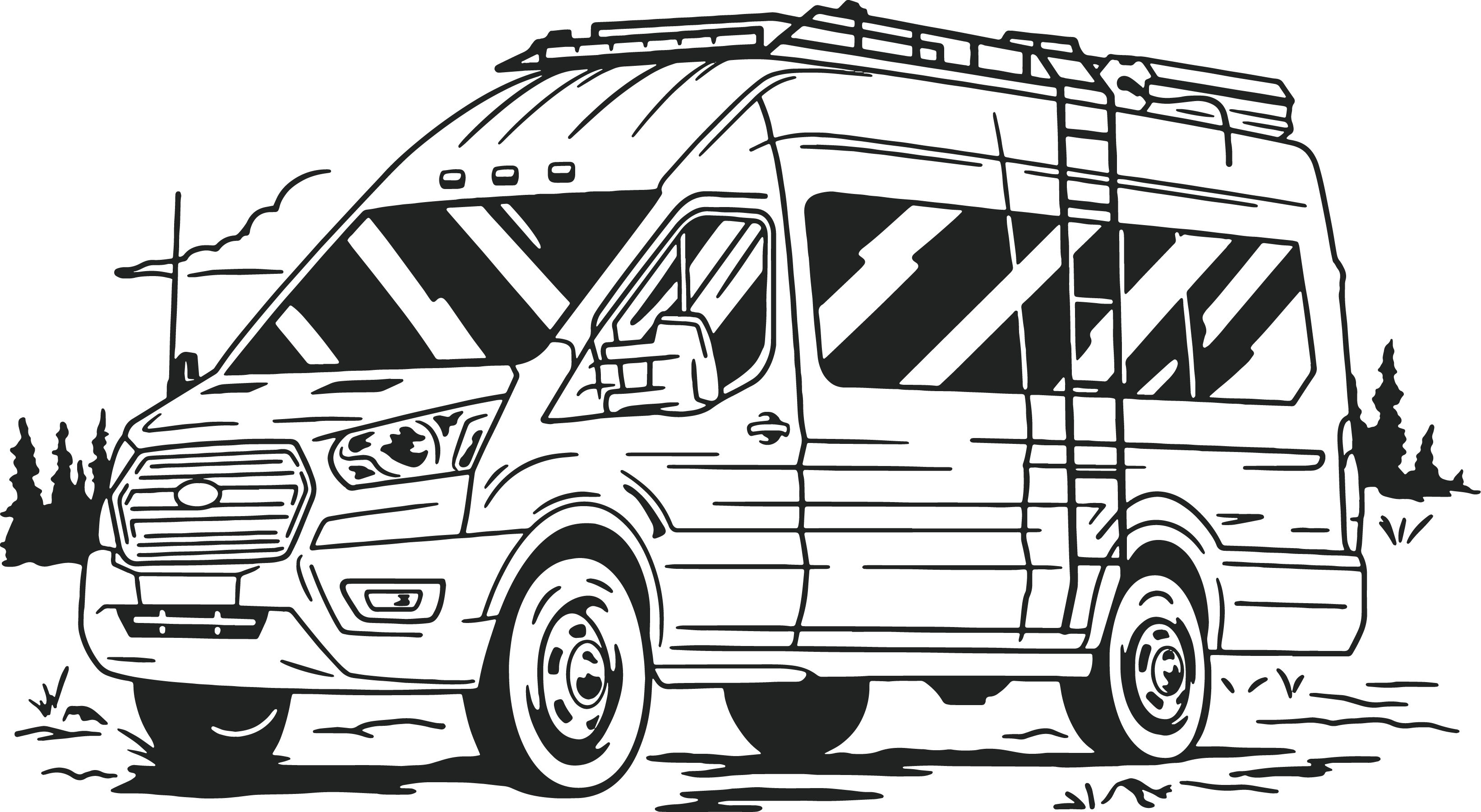
Camper Van
Sure, camper vans require more maintenance than a rig without an engine, but there's no denying their self-contained convenience and maybe even a dose of cool. And in a sense, there's never been a better time to buy one. Demand in recent years has driven up costs, but the increasing popularity of Class B rides also means there are more creative options than ever for professional build-outs and DIY con- versions. Doing it yourself can save you cash—if you have the time, tools and know-how. If you have more money than spare time—or any doubts about your abilities—paying a professional can prevent a lot of headaches (and sad, unfinished projects).
→ START HERE:
Each of the three most popular van platforms—Mercedes Sprinter, Ford Transit and Ram ProMaster—comes with pros and cons. Sprinters are refined, well built and can be optioned with four-wheel drive, but both up front and maintenance costs are higher (especially if you opt for diesel). Transits are the world’s bestselling vans, with dealerships everywhere, and their EcoBoost engines are powerful and reliable. The longest-wheelbase model, though, is still shorter than a Mercedes. ProMasters, meanwhile, are the most budget-friendly and, because their walls are straighter, can be simpler to build out. But while the other two offer rear-wheel and all-wheel-drive options, ProMasters are front-wheel drive only.
Expect to spend anywhere from $100,000 to $250,000 for a brand-new, professionally converted adventure van. If the van's already in your garage, budget a minimum of $30,000 for a pro build-out.
→VANLIFE VARIABLES:
Right-Sizing
Broadly speaking, you'll pick from vans with either a long or short wheelbase (from around 170 to around 140 inches) and either a low or high roof. A low roof and short wheelbase means a more maneuverable ride, but most campers will want a higher roof for extra standing room and more storage space. Go with the long wheelbase if you're hoping to sleep more than two—or to live in it.
THE FIX IS OUT?
A fixed build is comfortable, but if your needs may change or you just want more versatile storage, consider modular systems from Adventure Wagon, Happier Camper or VanDoit. "Unless you have experience in a van," Adventure Wagon marketing director Kurt Schreiner says, "it's hard to tell what you'll use and how until you're out there." The Oregon shop's $3,600 folding bed mounts on an L-track rail to be raised, lowered or removed—a boon if you're stowing bikes, boxes or bodyboards.
SHOWER UP
If you must shower inside, check out Tetravan's folding shower, which mounts to a cabinet or wall panel. Its galvanized steel pan folds up and latches when you're done scrubbing up. Better yet, skip the indoor shower in favor of a portable system, like a Geyser, or a pump-pressurized, rack-mounted system, like Yakima's RoadShower. You'll use less water and won’t take up valuable space in the van.
... AND POWER UP
You can spec a van's electrical system dozens of ways, from nabbing a simple portable power station, like a Goal Zero Yeti to installing solar panels and lithium batteries with hundreds of amp hours. But the simplest, most efficient way to stay powered is a DC-to-DC charger that re-ups your van's house battery off the vehicle's alternator. Look for ones with built-in Bluetooth, like the Victron Orion-TR, that can be programmed and monitored using your smartphone. And go solar if you're planning to stay put for long stretches.
